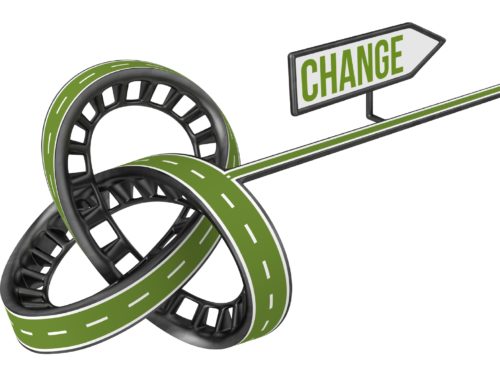This week’s blog is a rant about the sequester that went in place in March. If you are sick and tired of the discussion, check back next week for something else. If you want to understand the impact of irresponsible leadership, read on. I promise this will step on everyone’s toes.
Congress, the President, Sequester, and You
Eight-five billion dollars is a lot of money. If you had that much money, you would be the richest person in the world.
So it is easy to get worked up over the thought of the across the board budget cut of $85 billion mandated by the federal government sequester process.
This is spinning way out-of-control, and the leaders at every level of the U.S. Federal government have abandoned responsible leadership in favor of political grandstanding.
As a result of the sequester, federal employees will be laid off or furloughed without pay. Services and programs are being cut that affect citizens. And, there are promises of greater disruption in the future.
Why? Because leaders refuse to find the equivalent of sofa change in their operating budgets.
The U.S. government was scheduled to spend about $3.55 trillion dollars this fiscal year. That means the $85 billion budget cuts forced by the sequester amount to about 3 percent.
Let’s make this real. If you make $100,000 per year, could you find $3,000 to cut in your budget? Millions of people have cut that much and more over the past five years, so my guess is that this is not a big stretch.
The best companies continually look for ways to drive cost from their business. Why can’t the federal government?
It Can Be Done
Money magazine ranked Carrollton, Texas, number 15 on its 2008 list of best small cities in which to live. This community of just over 120,000 in population occupies 37 square miles in northwest Dallas and southern Denton counties.
On the surface, Carrollton is similar to many communities throughout the United States. It provides quality public safety, streets, water, and sewer services. It has libraries, a senior center, and quality parks and recreation facilities and programs.
Dig deeper and you will find a commitment to doing everything faster, better, cheaper, and friendlier permeating every area of the operation. Staffing has decreased from 939 positions in 1995 to 843 positions in 2009 as the population has increased by over 25 percent. City staff maintained service levels and citizen satisfaction remains high. All of this was accomplished as the City’s governing Council held the tax rate steady – even during the economic challenges of 2009 – 2010.
The traditional government business model is an either/or decision to raise taxes or lower services, Carrollton has changed the game. Their effort is driven by three things:
- A strategic goal to operate the city as a service business. This goal set and sustained by its elected officials since 2001, serves as a constant expectation for urgency and continuous improvement.
- The successful creation of a managed competition process that requires departments to “earn their keep” every three years by showing that they are substantially competitive with the cost of the private sector to deliver the same type and level of service.
- A commitment to transforming and sustaining the culture so that every person sees continuous change as the great opportunity rather than the latest management buzzword or fad.
Leonard Martin, City Manager, and Tom Guilfoy, Director of Competition, are the organizational face of this effort. But, the real story is an organization-wide culture where everyone gets it. Faster, better, cheaper, and friendlier are the standard by which every business is measured today.
So here is the question: If Carrollton can do it, why can’t the United States government?
Are all of the smart, committed people working in Carrollton while the federal government hires the dunces and laggards? Are the elected officials in Carrollton that much smarter than those elected to Congress and the White House?
The leaders in Carrollton are all very smart and committed. I have had the honor of working with them on their journey for over ten years. But, they aren’t doing anything that every federal agency couldn’t do if their leaders were not sacrificing responsible, courageous leadership at the altar of political posturing.
My Personal Perspective
An across the board budget cut is a dumb way to manage your budget. If you had to take a 3 percent pay cut, you wouldn’t call your mortgage company and say that you must now pay 3 percent less on your house payment.
But, a 3 percent – or even 5 percent – cut is not an insurmountable amount for most organizations. Yes, there might be inconveniences. The fact that citizens don’t recognize that as necessary says as much about us as it does our leaders.
The President and the Democrats in Congress have encouraged people to demand that funding cuts be restored. The Republicans have encouraged people to demand that the President and Democrats in Congress get serious about cutting the deficit.
How about if we all get serious about saying this to our leaders:
“Do your job and expect that the leaders of our agencies do their job. We expect that the people elected and hired to lead the U.S. government are smart, creative, and courageous enough to find a 3 percent cut without severely hampering services.”
And if they can’t figure it out, have them call me and the City of Carrollton.





